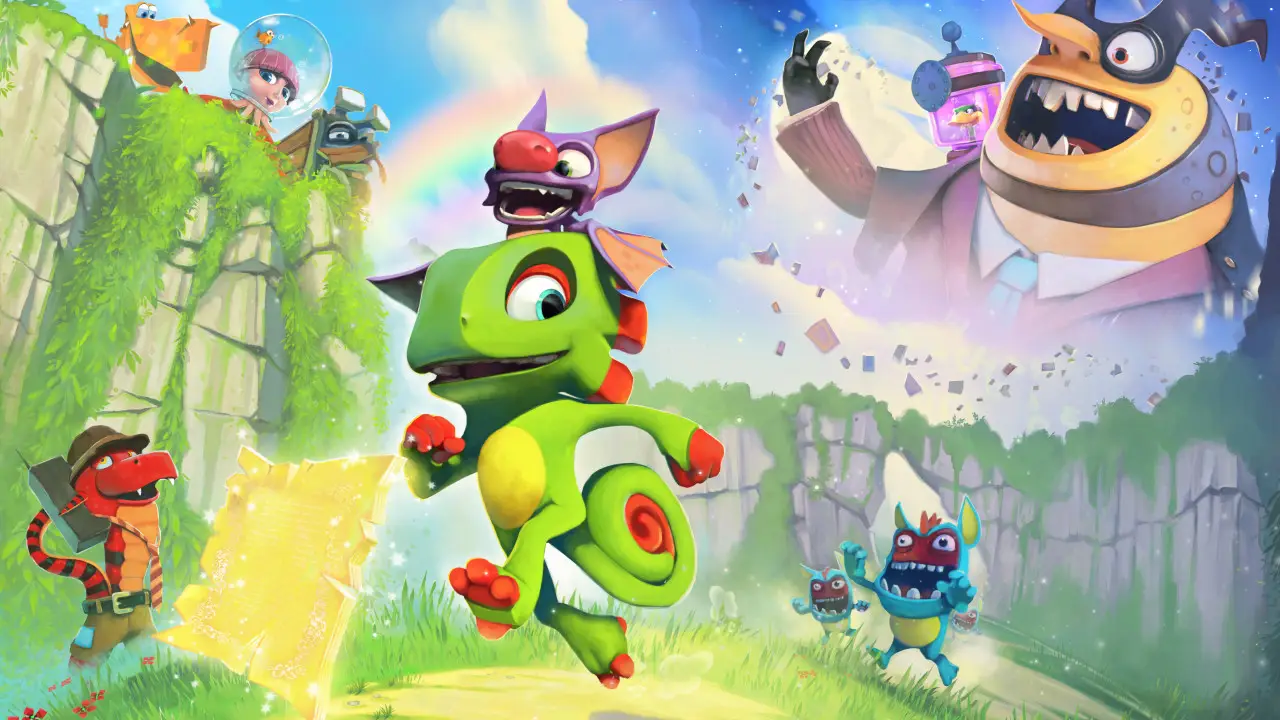Bryn Greenwood’s first novel, “All the Ugly and Wonderful Things,” strikes readers with a tale of unusual love that makes you question the way you see relationships. The story is woven with various points of view of those who know Wavonna “Wavy” Quinn from the time she is six years old until she is 21, with Wavy narrating her own story at times.
Wavy is a girl born to two drug addicts who are constantly evading the law. When things get tight or her parents just want to get away with friends, Wavy and her younger brother Donal, are dropped off with their Aunt Brenda, who has two girls and a more normal life that doesn’t fit the strangeness of Wavy and Donal.
At the age of six, Wavy watches one of her father’s friends and coworkers wipe out on a motorcycle in their dirt driveway, and her friendship with Kellan begins here. She teaches him about the constellations she has memorized, and he drives her to and from school so that she gets the education her parents don’t care about.
By the time she’s thirteen, Wavy is attached to the point that she insists on being his only girl, and he buys her an engagement ring. Kellan is 24, which makes Aunt Brenda uncomfortable and outrageous, though Wavy’s father doesn’t care. Kellan is ripped from Wavy’s life and sentenced to ten years in jail when Aunt Brenda walks in on her niece being sexual with him after finding Wavy’s parents shot dead.
From here ensues the fight for Wavy to be with the man she loves and cares for. At times, it’s easy to forget how young Wavy is when she’s taken care of herself for seven years, but there is always the lingering discomfort of knowing that they’re eleven years apart in age. Greenwood does a clean job of showing their relationship in a way that makes you want them to be together when things fall apart. Particular yet small details make their relationship sincere, like how Kellan is the only person who is allowed to touch Wavy in any way and she’ll give more than one-word responses to only him.
The variety of narration is handled well, despite the large set of players in this novel. Greenwood has mastered the art of managing multiple points of view. Every narrator is unique, and you can tell them each apart easily with little cues. Kellan’s is most easily identified for the poor grammar in his prose: “I couldn’t hardly hear anything Snake Girl said.” The only points of view that are difficult to tell apart are Amy and Leslie’s, Brenda’s children, but they’re not incredibly key characters to the story.
Each point of view also holds its own swell of concrete details to keep you present in the action; it’s hard to be bored with it. This is a novel that will make you question the way you view relationships, and it will absolutely make you squirm while reading it.




